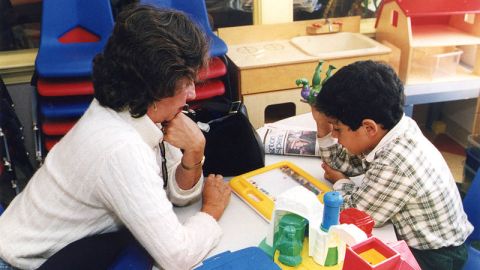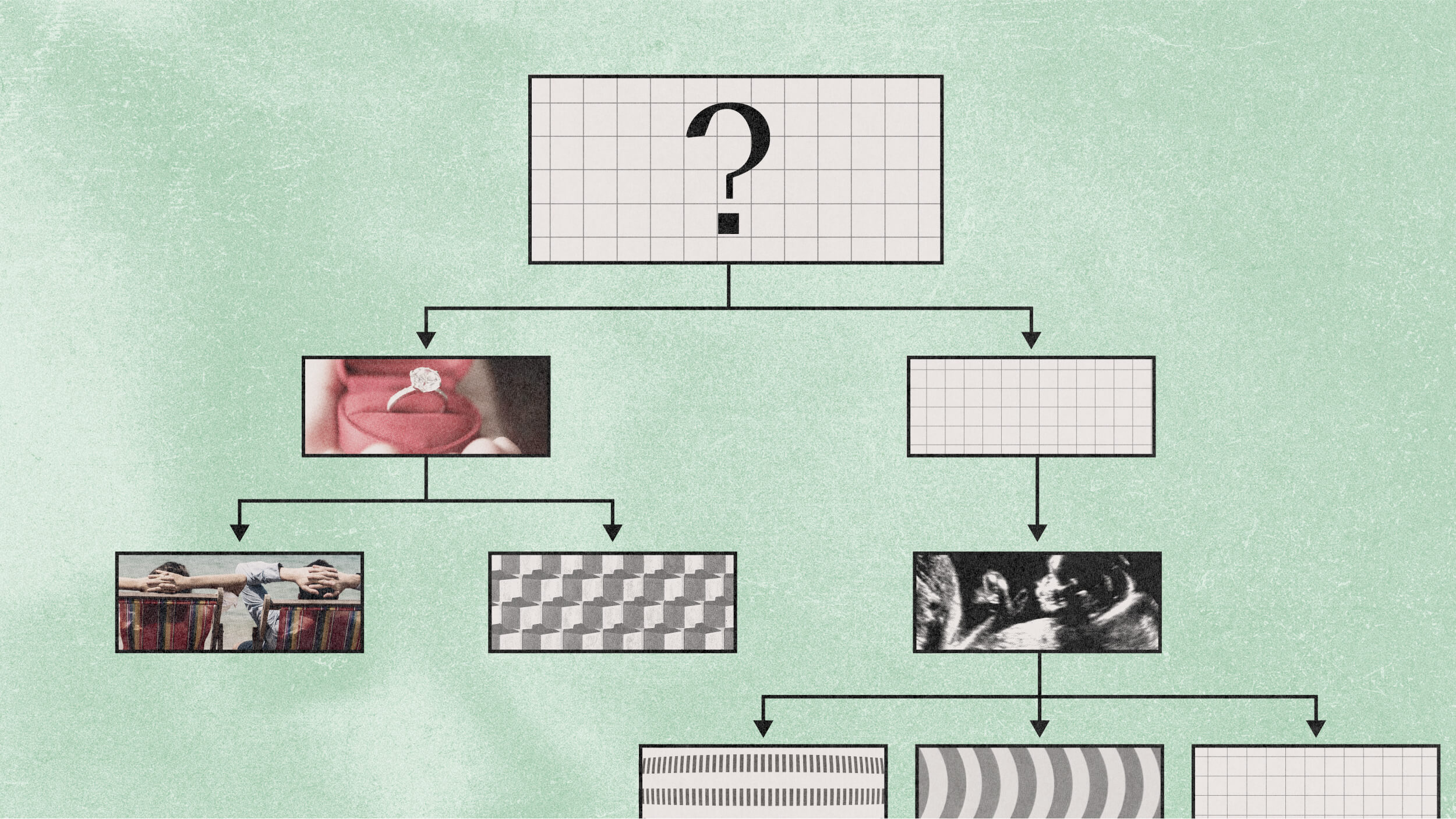How Do We Teach Students About 9/11?

In the midst of a number of interesting debates over school curriculum in certain states, Oklahoma Governor Brad Henry signed legislation this week ensuring that the state’s public school students would learn about the 1995 Oklahoma City bombing. On the eve of the 15-year anniversary of the bombing, how do we begin to teach our children about tragedy and terrorism?
Slated to be integrated into Oklahoma classrooms by the fall of 2011, the curriculum is expected to include field trips to Oklahoma City’s Memorial Museum and Outdoor Symbolic Memorial as well as opportunities to meet with families, survivors, and rescue workers touched by the tragic bombing. With the teaching of the Oklahoma City signed into law in the state, it raises some interesting questions about how we should teach children about domestic terrorism and disaster, particularly 9/11.
Last year, former New York Mayor Rudy Giulani led an event launching a school curriculum that would teach middle and high school students about the events of September 11th, 2001. One of the first 9/11 education programs, the curriculum is being tested in a number of states, including California, New Jersey, Kansas, and Illinois. But with a mountain of archival footage and documents, how do we go about teaching students about the most tragic domestic event of our time?
The subject of the actual attacks are daunting enough for students starting to come of age. But to what degree do we discuss terrorism in the classroom? The Oklahoma curriculum has so far made no mention of teaching about Timothy McVeigh’s background although a curriculum being tested in New Jersey includes a discussion about the difference between “terrorists and freedom fighters” and how the rest of the world views the United States. Still a tough topic, shaping a 9/11 curriculum was a dicey political prospect as early as 2006, when Arizona incumbent Governor Janet Napolitano (now the U.S. Security of Homeland Security) was criticized by candidate Len Munsil over the issue.
For educators, there are a number of 9/11 teaching resources online that attempt to help adopt the events in history books the same way Pearl Harbor and the Kennedy assassination were. But putting together a curriculum hasn’t been easy. The country’s largest teacher’s union, the National Education Association, was forced to remove a lesson plan about tolerance from one of its web sites after a rash of criticisms. That plan for the classroom becomes more elusive as teachers welcome students who aren’t old enough to remember the events. Now that the Texas Board of Education has approved a curriculum criticized for being too conservative, the slippery issue of 9/11 in the classroom could become even more difficult to wrangle. Considering some teachers have come under fire for teaching students about the colonial era and slavery, it might be some time before we see a standardized nationwide curriculum regarding 9/11. Perhaps Oklahoma can set an example to be followed nationwide.





